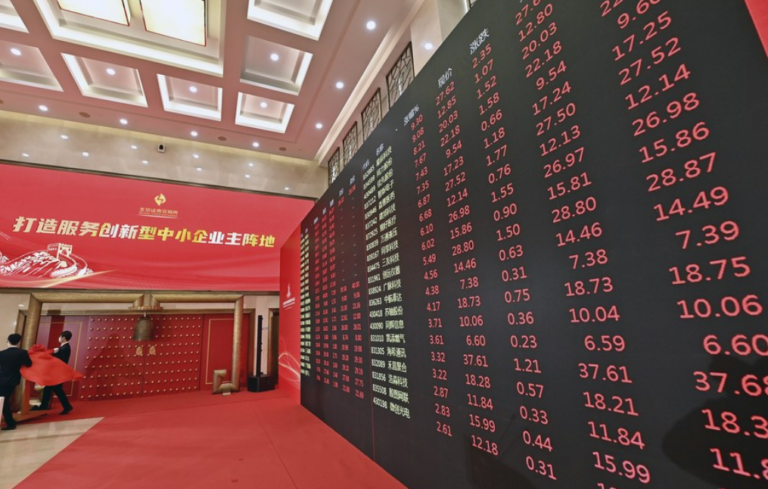Professional social networking sites primarily help users build business connections and provide employment information. This concept became popular in 2003 after the launch of LinkedIn, which has become the world’s No. 1 professional social networking brand within 10 years and attracts more than 150 million registered users worldwide as at February 2012. LinkedIn’s successful IPO made the business even more significant. However, it is struggling to make the same impact in China.
Professional SNS in China
With 500 million plus internet users, China has the world’s biggest internet user base. However, the Chinese market for professional social networks remains fragmented and underdeveloped. A recent article in the China Daily states that around 20 Chinese professional networking sites exist in China. The main local enterprises include Tianji, Ushi, Wealink, Jingwei, Dajie and Hengzhi. The total professional SNS users account for less than 20% of the total internet users in the country.
It is ironic that only 1 million out of 150 million LinkedIn users come from the world most active internet-using country – China. Unlike Facebook, LinkedIn has been given access behind the so-called ‘Great Firewall of China’. The slow and painful growth might be due to the company’s own development strategy which translates the original English website to 13 other languages but excludes Chinese. However, more people agree that the real problem is that LinkedIn model does not fit into the Chinese traditional connection development. “Guanxi” holds a deeper meaning than the direct English equivalents ‘relation’ or ‘connection’. Social lives, family, and work are linked closely in China, as a result, professionals normally need to make a “personal connection” before developing real business relationships. This is entirely different from western countries where two strangers can work together if they share similar values and want to achieve the same goal.
Wealink
Therefore, a direct clone of LinkedIn will not work in China. Wealink’s experience in China also confirms this. Launched in June 2007, Wealink boasts more than five million registered users. However, Wealink is hardly considered as a successful business. Lerry Zou, the founder and CEO of Wealink, had resigned and left the company last year. In his earlier interview, he honestly shared the existing issues of managing a Chinese LinkedIn and cited a lack of users as the main problem for the business. Most white-collar users live in major cities such as Beijing and Shanghai, so it is unlikely that a professional SNS will expand into small cities and towns any time soon. In addition, many consumers doubt the need for online professional social networks in China. People who are successful in their work in China always have great existing connections. Therefore, websites like LinkedIn seem unnecessary especially considering how uncomfortable Chinese people feel about discussing business over the internet with someone who they have never meet in person.
Tianji
Slow growth does not mean that there is no potential at all. Some Chinese professional SNS such as Tianji are doing well. Founded in 2005, Beijing based Tianji is one of the pioneers to create a Linkedin-type professional SNS in China. In 2009, Tianji merged with France-based Viadeo, one of LinkedIn’s major rivals. Currently, Tianji is the largest professional network in China with eight million members in the country and is adding an average of 500,000 users a month. Unlike other professional SNS in China, Tianji is very creative as it adapted to better fit Chinese consumers. Tianji team tailored the site to local tastes in ways that LinkedIn has yet to match. For example, keeping in mind that Chinese professionals prefer to do business after becoming friends, Tianji’s business model focuses on discussion forums and groups where people can build relationships based on common interests, rather than a search-based model.
Daxue Consulting China Market Research
Sources:
Picture Source: LinkedIn






